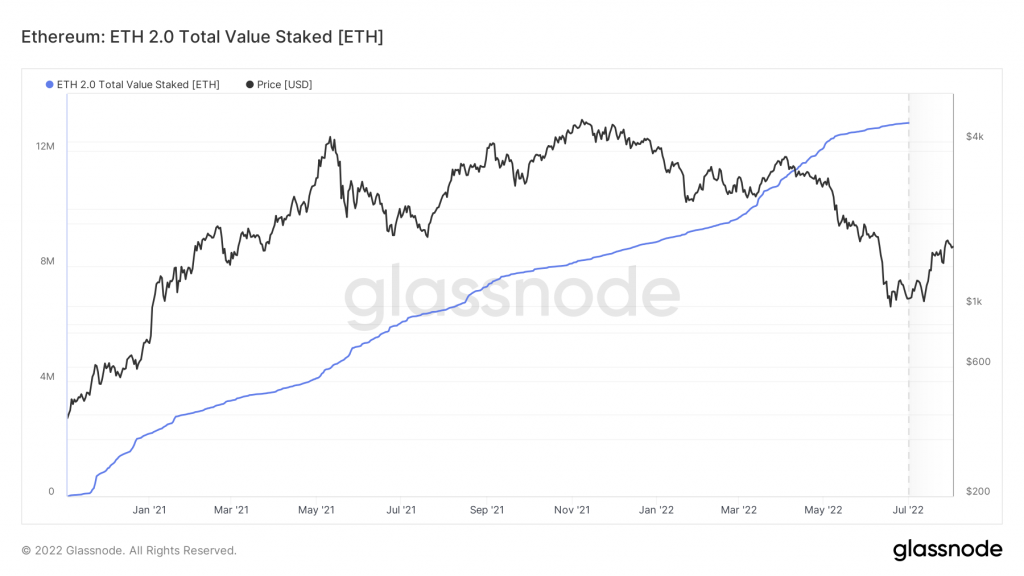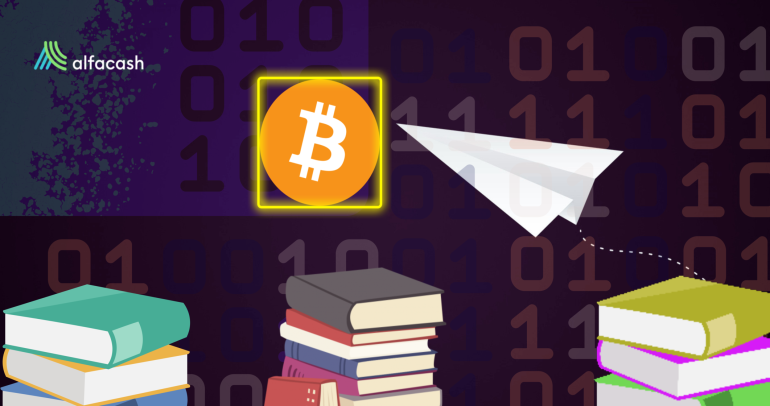One of the most significant protocol upgrades in Ethereum’s history will come in the following weeks. The Merge will mark the end of the PoW mining protocol on Ethereum to open the way for the arrival of Proof-of-stake (PoS).
The name of the change is “the Merge” because the already running beacon chain will merge with the existing Ethereum mainnet chain. This update preserves the history of the network and its functionality with some changes in the consensus mechanism.
However, there are certain aspects that we must take into account before the arrival of The Merge. Some of them have changed since our last Ethereum 2.0 review.

No more Ethereum 2.0
Developers no longer use “Ethereum 2.0” to refer to the transition. So, Ethereum 1.0 (transactions and data) became the execution layer. The PoS consensus protocol will be named the consensus layer, not Eth2. Both layers are coexisting, waiting for The Merge. This fusion sets the stage for future scaling upgrades, like sharding.
Beacon Chain (the name of the blockchain for Ethereum 2.0) is already waiting for The Merge. Since December 2020, this blockchain has produced empty blocks. But, to be a validator on this new blockchain, you will need exactly 32 ETH. So, theoretically, this amount protects the network from having too many nodes and sluggish communication.

The total USD value of staked ETH reached $39.7 billion in December 2020, representing 263,918 network validators. But, after the ATH, the USD value in the 2.0 contract dropped by ~$13 Billion on July 1st.
What will The Merge do?
With this upgrade, the developers hope to fix network scalability issues and build a more secure blockchain. Also, they consider that the carbon print of Ethereum could decrease, reducing network energy usage by at least 99.95%.
I følge Consensys, this upgrade could make the network more attainable for many more users, not just large miners. In this regard, it will include “an equal distribution of network rewards to incentivize good behaviors and open up yield to many more users, despite a decreased issuance rate of ETH and smaller block rewards”, they said.
Some possible issues in The Merge
51% Attack
The Merge is one of the most anticipated Ethereum updates. Things could go wrong, and the network might be vulnerable. The transition of Ethereum mining will be gradual, and both protocols (PoW and PoS) will coexist for a while. Miners will still receive mining rewards during that time.
Something called “the difficulty bomb” would be responsible for reducing PoW mining in Ethereum by slowly decreasing its profitability. It will arrive in September after being delayed five times before.
The Difficulty Bomb exponentially increases the block’s difficulty (the time it takes for validators to verify and add a transaction to the blockchain). During this period, it becomes impossible for validators to mine new transactions due to block difficulty, forcing proof-of-work on Ethereum to end.
Noen gruvearbeidere might shut down or sell their machines during that period. Other miners could migrate to other profitable networks, such as Ethereum Classic (ETC). If this happens abruptly, the network could be exposed to a 51% attack.

This attack occurs when an entity or group of miners has the highest processing power (51% or more). They can decide which transactions to confirm and allow actions such as double-spending.
However, the developers of Ethereum would have an emergency plan to carry out the Merge in a forced manner in case there is an extreme drop in hashrate.
Risk of Hard fork
Also, there is a possibility of hard forks in Ethereum during The Merge. Node holders could validate an unofficial blockchain if they don’t keep their software updated.
On the other hand, a voluntary fork could occur if some group wanted to continue the network as before the fusion. A similar precedent already exists in the history of Ethereum, which gave way to the creation of Ethereum Classic (ETC).
What to expect during The Merge?
We are currently in phase 1 of the upgrade to Ethereum 2.0, that it was estimated to be completed in 2021. But due to a series of delays, it may end in the third week of September. The final phase of the transition could arrive by the end of 2023.
Next August 4th and 6th, two updates will require operators to simultaneously update their two types of nodes (consensus layer and execution layer) and not just one of them.
Although some exchanges may temporarily stop ETH deposits and withdrawals, users will hardly notice the changes with the arrival of The Merge.
Vil du handle ETH, BTC og andre tokens? Du kan gjøre det trygt på Alfacash! Og ikke glem at vi snakker om dette og mange andre ting på våre sosiale medier.








